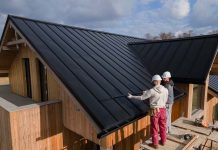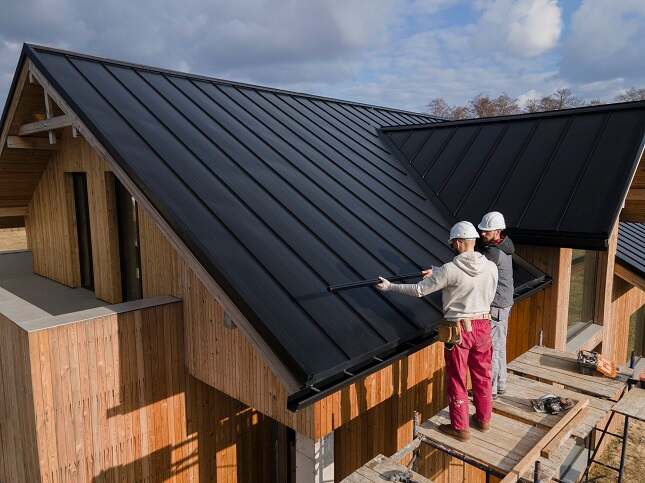The US roofing industry generated $56.8 billion in 2025, yet the difference between contractors who barely survive storm season and those who build seven-figure recurring-revenue businesses almost always comes down to one factor: systematic use of market research.
A professional market research company isn’t a luxury for the biggest players—it’s the reason mid-sized firms in Ohio, Texas, and Florida are outgrowing national chains. Here’s how the smartest roofing owners are using data in 2025–2026 to create compounding advantages.
1) From One-Time Replacement to Lifetime Customer Value
A national study conducted in 2025 of 8,400 recent roofing customers indicated that 64% of the customers would agree to annual maintenance contracts, and 51% would bundle gutters, siding, skylights or attic insulation if it was presented to them during their initial inspection. Contractors who incorporated this information into their canvassing scripts and in-home presentations experienced average job sizes go from $11,200 to $18,700 virtually overnight. More importantly, they now had predictable recurring revenue to fund marketing instead of storm chasing throughout the year, which is usually feast-or-famine.
2) Material Selection as a Competitive Moat
In states susceptible to hail and heat damages, Class-4, impact-resistant shingles, synthetic underlayment, and cool-roof coatings now impact 41-48% percent of purchasing decisions (up from under 20% in 2022). For example, companies that gather market-research in order to track and analyze building-permit data, insurance-claims patterns, and homeowner search volume can indicate which ZIP codes are likely to switch to premium materials up to 12-18 months in advance. Contractors who lock in supplier allocations and train crews ahead of the curve enjoy 18–25 % gross margins on materials while competitors scramble and discount.
3) Understanding the Real Decision-Making Unit
In 2025, women initiate or co-decide 78 % of residential roofing projects. Yet most sales decks and truck wraps still feature bearded roofers and macho taglines. Firms that rewrote proposals around family safety, curb appeal, energy savings, and clear financing explanations—validated by focus groups run through a market research company—report close rates jumping from 29 % to 44 % on comparable leads.
4) Reputation Management at Internet Speed
One market research company analyzed 1.2 million review interactions and found that response time to a negative review is 400 % more predictive of future lead flow than the initial star rating. Contractors who implemented 24-hour response protocols (with templated empathy + solution language) saw organic lead volume rise 28–42 % in under 90 days. The same study revealed private Facebook and Nextdoor groups now drive 34 % of referrals in suburban markets—data most owners completely miss.
5) Geographic Expansion Backed by Hard Numbers
Instead of planting flags in the next county because “it looks good,” data-driven owners commission heat-map analysis combining storm history, housing age, median income, and competitor density. One Florida contractor used this approach to open three new locations that achieved profitability in month four instead of the industry average of 14 months.
The result? Roofing businesses that treat market research as a core operating expense rather than a one-time project are building brands customers call first, pay more, and recommend most—turning a weather-dependent trade into a scalable, predictable enterprise.










































